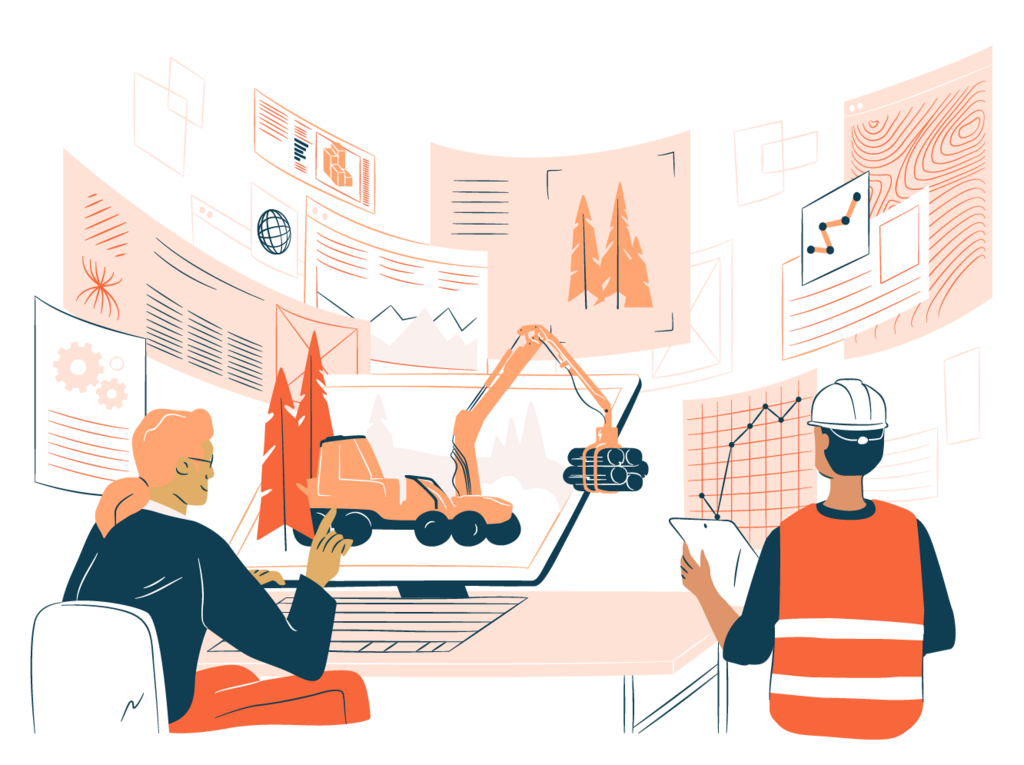A digital product lifecycle represents a new generation of thinking, where the business model for heavy machinery, for example, is designed, built, tested, operated, and eventually decommissioned. Industrial companies have a significant opportunity to achieve new business benefits and increase customer value through the digitalisation of the entire lifecycle.
Product development is fast-paced, and creating customer value must keep up at all stages of the lifecycle. An industrial company can best ensure both customer centricity and customer needs at all stages of the product lifecycle by making versatile use of design.
Managing the digital lifecycle of a product is a new way to conceptualise how a value-creating business model for digital services can be built on top of physical machines or devices. This is a prerequisite for building new digital-based business and growth. Expanding the physical product mindset to service-based revenues is an absolute necessity for any company.
Take a step towards the future – Discover how digital lifecycle management can help your company stay competitive and grow.
Design should be closely integrated into product development in the digitalisation of the lifecycle for three key reasons.
1. Bringing customer needs into product development helps with prioritisation
Digitalising the product lifecycle enables a faster product development cycle, where maintaining customer value alongside the development of new features is crucial. Design methods can keep the customer at the center of development work, ensuring that efforts focus on what is meaningful to customers.
With customers, new ideas can be evaluated and validated, and new development areas can be identified. As the company gains more customer insights, it can emphasise the development of the most relevant features from the customer’s perspective.
2. Data is only useful when it helps to solve problems
Digital twins and data collected during the lifecycle of devices provide unique insights into product performance – but the collected data always requires understandable interpretation. Design helps transform complex information into features and products that meet customer needs.
Through design, it is possible to first understand what kind of information the customer is willing to pay for and secondly to determine in what form the information should be presented to different user groups. Additionally, it is possible to better understand what is essential for different roles at each stage of the customer journey.
3. A consistent customer experience increases customer loyalty
Managing the digital lifecycle of a product offers the opportunity to build a seamless and consistent customer experience – spanning all touchpoints of the customer journey from marketing and sales to product disposal. Design plays a crucial role in planning, measuring, and developing the holistic customer journey. It also helps create products and services that meet customer needs throughout the entire customer journey.
This way, the customer experience remains consistent, and customer loyalty can be increased.
Explore the possibilities of the digital product lifecycle – Read more about how digitalisation can revolutionise your business models and bring new value to your customers.



